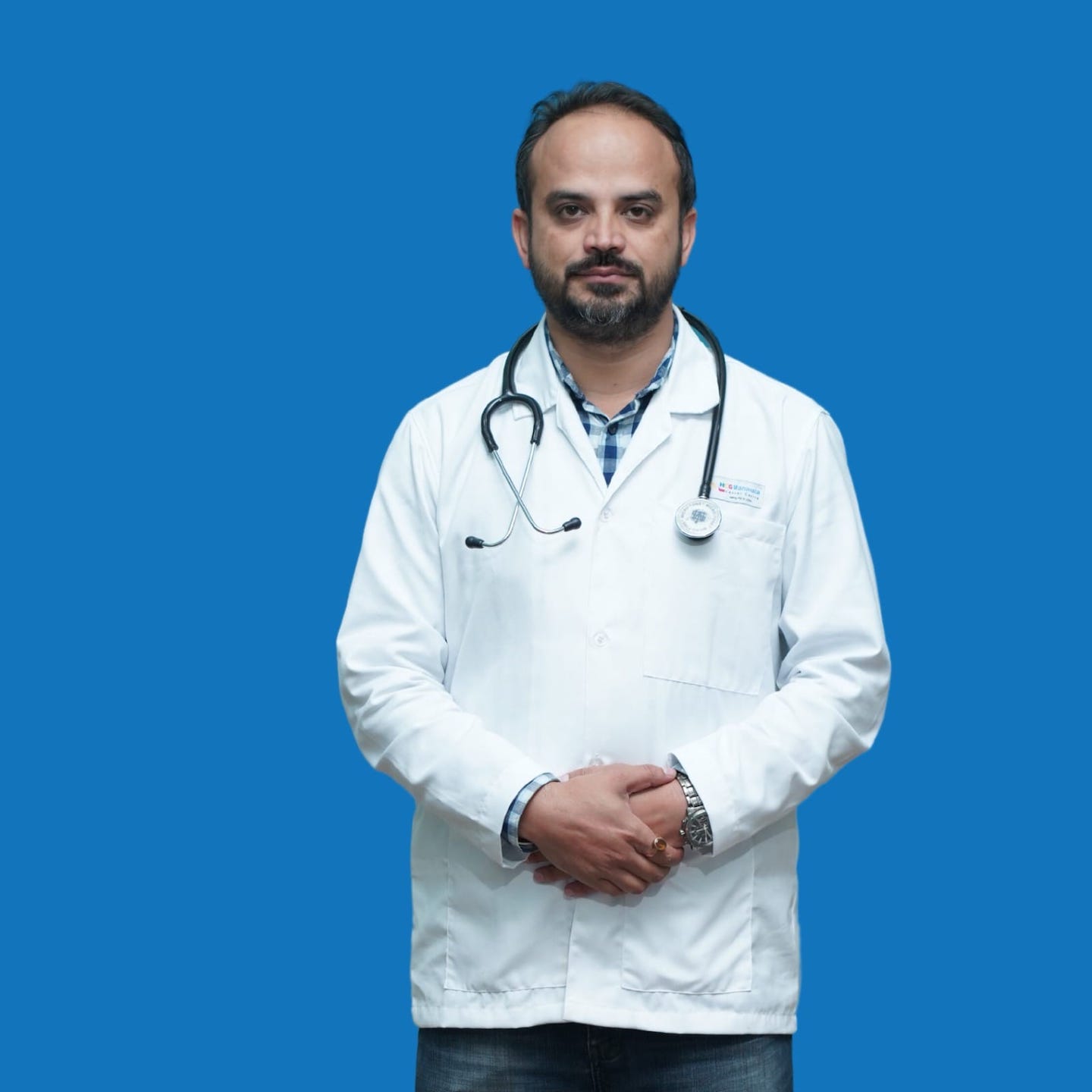“By Dr. Priyatesh Dwivedi, Haemato-Oncology and Bone Marrow Transplant, HCG Cancer Centre, Nasik”
New Delhi, June 11, 2025 :
The heart and brain are generally regarded as the most important organs in the human body. However, one of the most potent healing systems we possess, is stashed away inside our bones: bone marrow. This spongy tissue produces blood cells that aid in immunity, oxygen transport, and coagulation. When bone marrow function is disrupted, due to rare blood disorders, the outcomes can be fatal. Fortunately, BMT is now providing new hope, where standard treatments fail.
What are Rare Blood Disorders?
Rare blood disorders are conditions that disrupt the number or quality of blood cells (red, white, or platelets) produced. These include Aplastic Anaemia & other Bone Marrow Failure Syndromes, Thalassemia, Sickle Cell Disease, Primary Immunodeficiency Disorders, and uncommon blood malignancies. Most of these are inherited, or present in early childhood, but some occur later in life, due to infections, environmental triggers or genetic mutattions.
These are referred to as “rare”, not because only a small number of people are affected, but also due to the difficulty in treating and controlling them. These disorders normally require frequent hospital visits, lifelong drugs, and continuous monitoring. For many families, this entails emotional and financial stress.
Importance of Bone Marrow
Bone marrow produces the blood cells that sustain life. When it fails, whether owing to genetic flaws, aberrant cell development, or immune system malfunction, replacing it with healthy marrow is the logical next step. This is where BMT comes in. This procedure is done by injecting healthy, donor stem cells, or healthy stem cells retrieved from the patient, into the body and refreshing the bone marrow mass, to restore its normal function.
This is far from being an innovative procedure, but technological advancements have helped to make it less risky, more accessible, and more effective, even in complex circumstances.
What’s New with Bone Marrow Transplantation?
One of the most significant breakthroughs is improved donor matching and selection. Previously, getting a complete match—usually from a sibling—was the only viable alternative. With developments in haploidentical transplants, a half-matched family member can now become a donor. This is a game changer where genetic variation make complete matches difficult to get.
Another advancement is the minimising of risks, such as graft rejection or graft-versus-host disease (GVHD), which occurs when the new immune system assaults the patient body. These hazards have been significantly reduced with improved preconditioning regimens, sophisticated immunosuppressive medications, and thorough post-transplant investigations and monitoring.
Supportive care has also improved, dramatically. Patients undergoing transplantation today receive sophisticated infection control measures , nutritional support, and psychological counselling, all of which improve recovery and prognosis.
When Should a Bone Marrow Transplant Be Considered?
BMT is not, generally, the first choice of treatment. However, when rare blood illnesses do not respond to treatment or are progressive in nature, transplantation can provide a cure, rather than mere symptom control.
In infants with inherited diseases, such as Thalassemia Major, or Severe Sickle Cell Disease, a prompt allogenic stem cell transplant can eliminate the requirement for lifetime blood transfusions, while also lowering the risk of consequences, including organ damage. BMT can save lives in diseases such as Aplastic Anaemia, in which the bone marrow entirely stops generating cells.
The key is early referral. Families postpone professional consultations, hoping that drugs will suffice. However, as in most conditions, transplantation is more effective when done before complications arise.
The Indian perspective
In India, access to transplant centres and awareness of bone marrow transplants are both growing, but problems persist. Many families remain hesitant due to fear, financial worries, or a lack of awareness. Fortunately, many hospitals now provide transplant services through multidisciplinary teams that include haematologists, transplant coordinators, nutritionists, and psychologists.
Public stem cell registries and donor drives are growing, making unrelated donor transplants more viable than before.
It is also critical to eliminate the stigma associated with the term “transplant” and to understand that it isn’t invasive or dangerous, as projected. Modern procedures enable faster healing, better management of side effects, and a far higher quality of life after transplantation, than living with a crippling blood condition.
A Second Chance at Life.
A bone marrow transplant is more than a medical procedure; it is an opportunity to reclaim a regular, healthy lifestyle. Many children and people with uncommon blood diseases welcome it as a way out of hospital beds, unpleasant injections, and chronic exhaustion.
If you or a loved one suffers from a rare blood ailment and conventional treatments are ineffective, do not wait. To better understand your options, consult with a haematologist or transplant specialist. Expert advice, accessed in time, will spell the difference between renewed hope, and despair.
healthysoch







